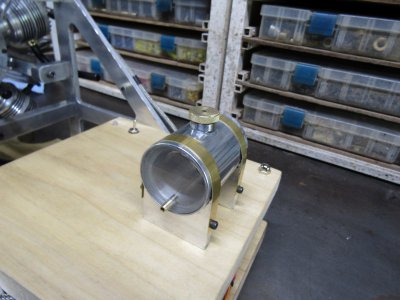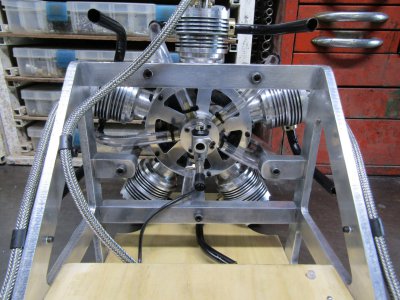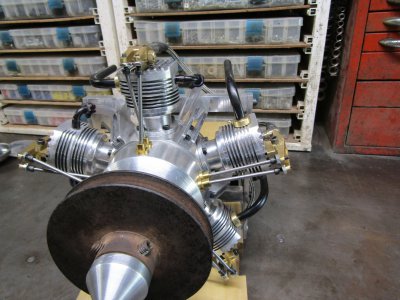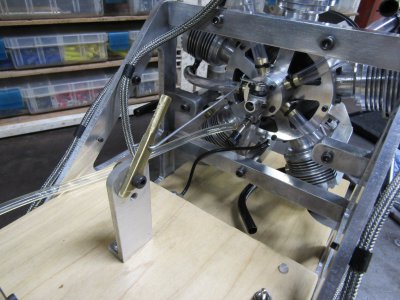- Joined
- Feb 2, 2014
- Messages
- 1,055
Gas tank day.
Started with an aluminum tube and cleaned up the outside and the inside on the lathe. I cut a recess 0.200 deep in each end for the plexiglass to fit in.
I covered a piece of plexiglass on both sides with masking tape and marked around the outside of the tube. Rough cut on the scroll saw outside the line.
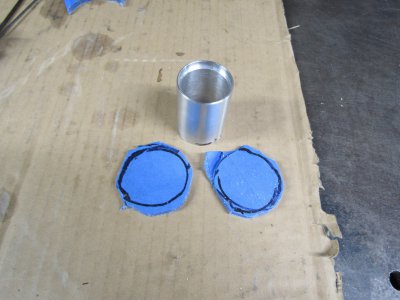
I pressed the plexiglass between a shaft in the chuck and a short shaft in the live tool post.
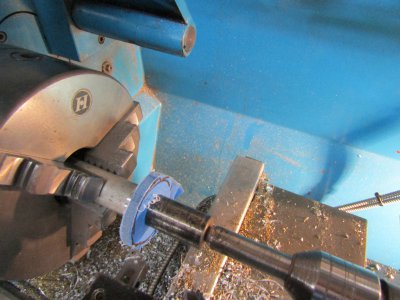
This shows the parts of the gas tank before assembly.
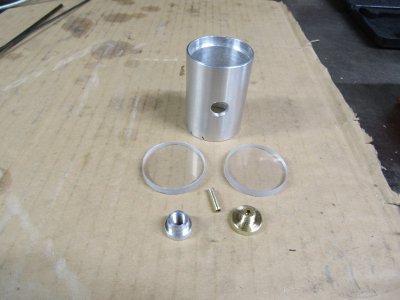
And all assembled.
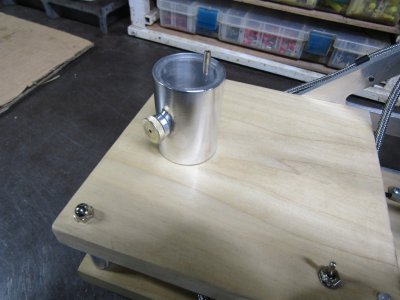
Next will be some mounting brackets for the tank.
Thanks for looking
Ray
Started with an aluminum tube and cleaned up the outside and the inside on the lathe. I cut a recess 0.200 deep in each end for the plexiglass to fit in.
I covered a piece of plexiglass on both sides with masking tape and marked around the outside of the tube. Rough cut on the scroll saw outside the line.

I pressed the plexiglass between a shaft in the chuck and a short shaft in the live tool post.

This shows the parts of the gas tank before assembly.

And all assembled.

Next will be some mounting brackets for the tank.
Thanks for looking
Ray


